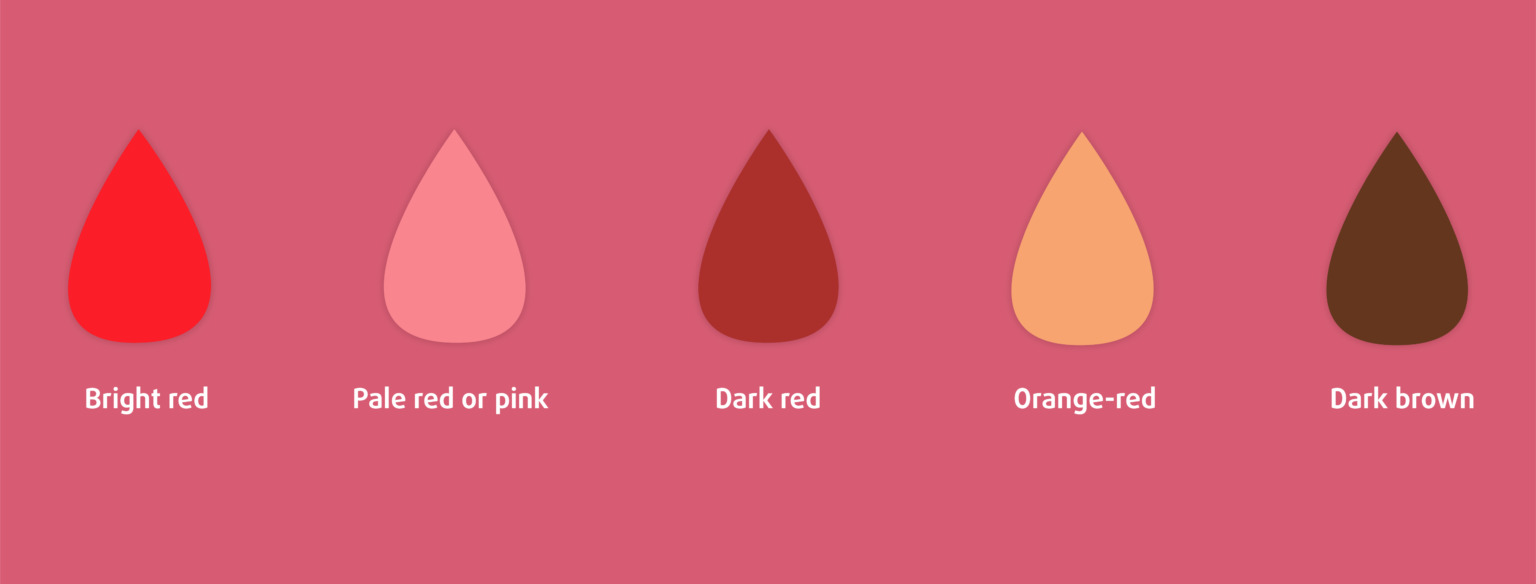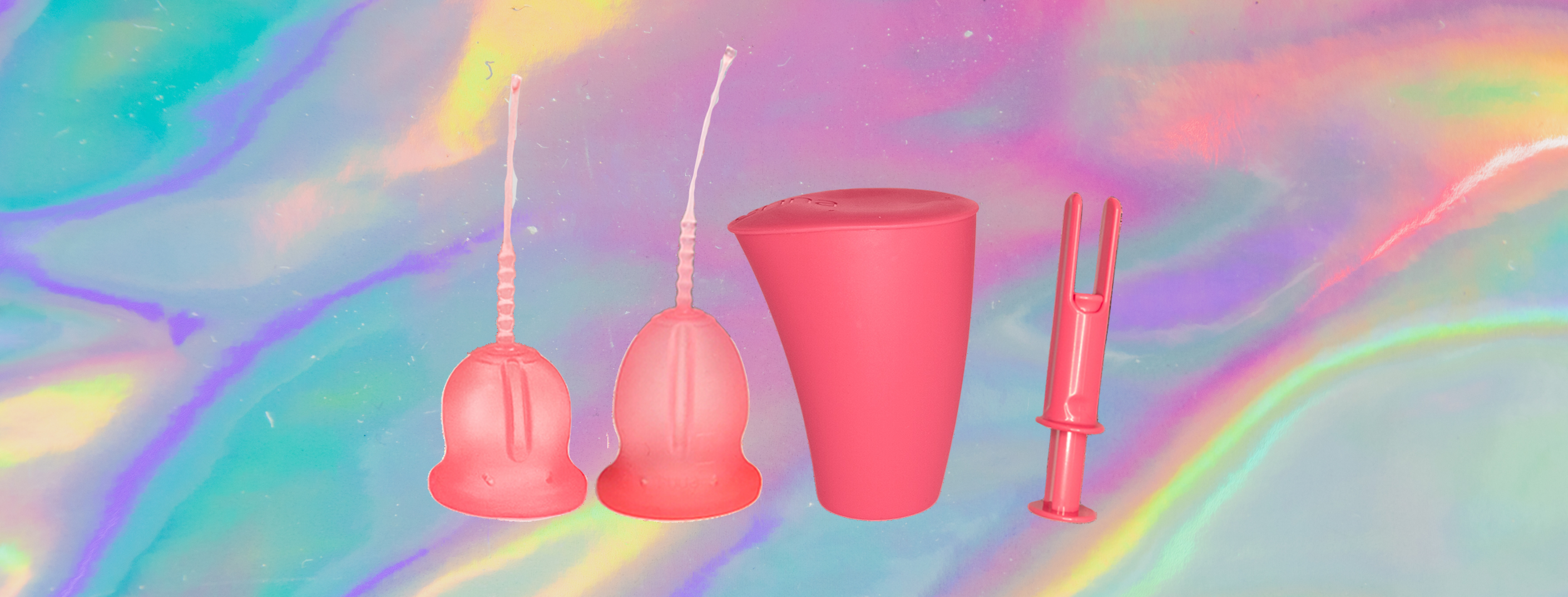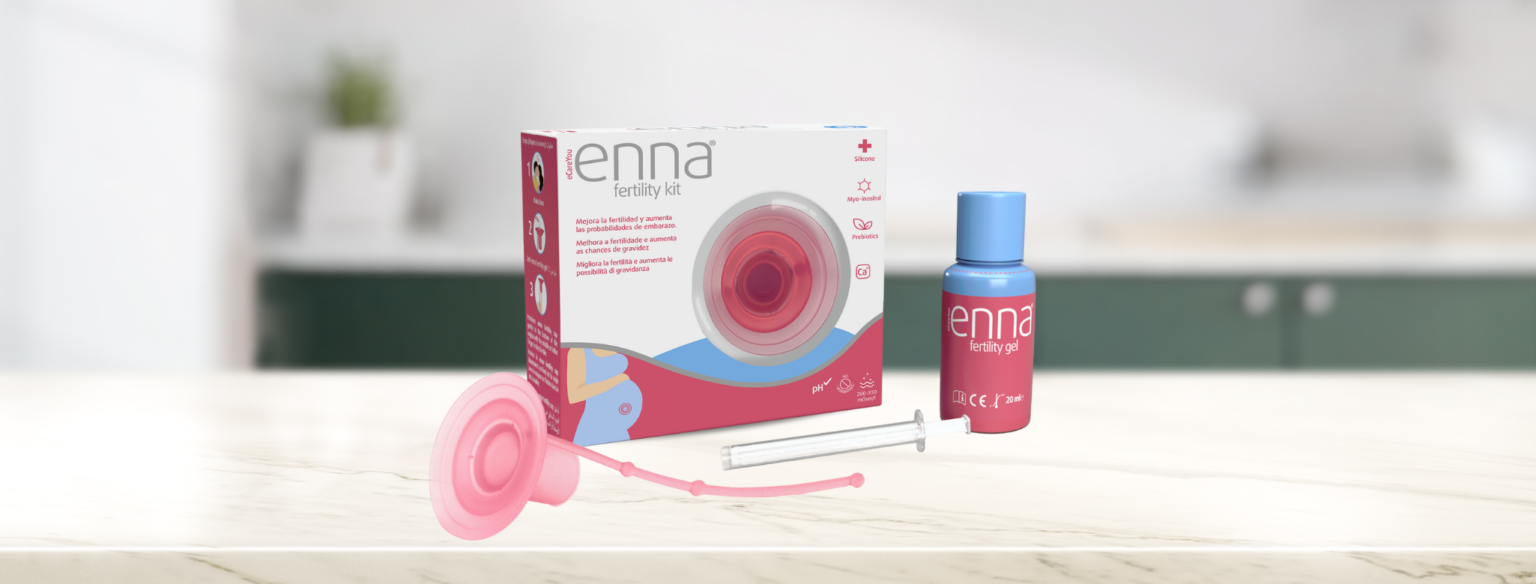Menstrual blood has been a taboo for many years. Holy books of various religions such as Christianity and Islam describe the period of female bleeding as an event which makes women impure. Given this background, it’s not surprising that the taboo surrounding menstrual blood and periods themselves still exists today. However, in other cultures, menstruation has connotations of strength. The Mbuti tribe of the Democratic Republic of the Congo has a menstrual hut, where young girls go when they get their first period together with female friends and relatives to celebrate this blessing. What’s more, this is the tribe’s biggest hut, so this gives you an idea of the importance that they attach to menstruation.
Discovering health through menstrual blood
Menstrual blood is made up of cervical mucus, blood, vaginal discharge and one third of endometrial tissue while the rest is reabsorbed by the body, explains menstrual educator Erika Irusta at Smoda in Spanish newspaper El País.
Looking at this blood can tell you a great deal about your health, so instead of hiding it and feeling embarrassed about having your period, you should pay attention to it. The colour in your menstrual period cup will show you if everything is OK or if you should see your gynaecologist. What are the different colours you might see when on your period?
- Pale red or pink. These shades appear throughout the first days of menstruation. If you continue to see this colour in the menstrual period cup, this may indicate a hormonal imbalance such as low oestrogen levels, an infection or iron deficiency. Depending on your age, it may also mean that you are about to go through menopause. However, if you take contraceptives, this shade is completely normal.
- Orange-red: Menstrual blood may be this colour as a result of mixing with cervical fluid, which is normal. However, if it also has a strong and unpleasant smell, this may be a sign of infection.
- Bright red: Usual bleeding on the most intense days of menstruation. This is the most common colour, but if it lasts more than 8 days, you should see a doctor.
- Dark red: this is old blood or blood which has been in your body for longer. It appears on the last days of menstruation or on the first days when blood left over from your last period leaves your body.
- Dark brown: endometrial tissue left over in the blood. However, this may also be a sign of “implantation bleeding”. This is the name given to bleeding which sometimes occurs during implantation of a fertilized embryo in the endometrium. This may last a few hours or days, but never more than five days.
- Grey with red lines. This may be a sign of infection caused by a sexually transmitted disease (STD). However, if you are pregnant (or think you might be), this could indicate a miscarriage. In both cases, you should go to a gynaecologist as soon as possible.
Did you imagine such a wide range of colours? Seeing blood in a container is something that puts many girls off starting to use the menstrual period cup. As mentioned at the start of this post, this is due to the fact that for so many years, menstruation has been associated with notions that it is “dirty”, “impure” or “unlucky”. It was also believed that having a period meant you had a disease or were being punished. However, it indicates the opposite: it tells us a lot about our health and allows us to have children. Blood is therefore something you’ll have to overcome when you start to use the menstrual period cup. Go for it! Start paying more attention to your period and you’ll get to know your body better.






